Your Cart is Empty
Free Shipping over $150 (Excludes Oversized Products)
Free Shipping over $150 (Excludes Oversized Products)
Sanding Belts
Sanding Discs

Wide Belt Sander vs. Planer: Which Should You Use?
by David Kranker 4 min read

If you’re working on a project that requires you to remove wood or caked-on varnish from a surface, you may be wondering whether you should use a wide belt sander or a planer. Although both are key tools in a woodworkers’ repertoire, they’re meant for different applications. In this blog, the abrasive technicians at Red Label Abrasives will go over the features of each machine and specify when you should choose one over the other.
What is a Wide Belt Sander?
Wide belt sanders are designed to remove imperfections from surfaces (usually wood). They come in a variety of sizes, but the belts are much wider than your standard tabletop belt sanders (as the name implies). The belt, which is outfitted with an appropriate type of abrasive, moves in one continuous motion at speeds that can reach 3,000 surface feet per minute.
When paired with a coarser-grit sandpaper, the machine supports a relatively high rate of wood removal, making it an ideal option for refinishing pieces with older or improperly-applied varnish. Other benefits include:
-
Fast Performance:Belt sanders are designed to tackle large woodworking projects quickly. This capability also makes them incredibly powerful, so you need to make sure you don’t remove too much material in one swipe.
-
Covers Large Surface Areas:wide belt sanders can be used on bigger surface areas, reducing the time needed to complete a job.
What is a Planer?
Traditional wood planers consisted of a wooden block with a blade that shaved layers away from wooden boards, creating a smooth and flat surface. Today, planers can still be operated by hand, but most are powered by motors instead of manual pressure. They also come in cabinet and tabletop models large enough to work on wider workpieces.
Modern planers consist of drums or small barrels that draw the wood across the platform and through the blades, which uniformly remove wood to create a flat and symmetrical board. They are commonly used to shape or make adjustments to shelves, cupboards, and doors. Other features and options include:
-
Adjustable feed rate
-
Spiral head that removes a single sliver of wood at a time
-
Larger motor size for greater durability
-
Dust collector
Benefits include:
-
Straight and Uniform Cut:Planers make it a lot easier to create straight and uniform cuts. Unlike belt sanders, whose cutting ability can depend on how you hold the tool, planers don’t need perfectly uniform passes to create an even surface.
-
Lower Cost of Ownership:Planers require blade sharpening and the occasional blade replacement, but unlike wide belt sanders, you don’t have to worry about purchasing accessories like sanding belts. This amounts to an overall lower cost of ownership.
Differences Between Belt Sanders and Planers
Wide belt sanders and wood planers are both highly effective woodworking tools, but they have differences that make each one more suitable for one application than another. Below is an overview of the major differences.
Sanding Belt vs. Blades
The main difference between wide belt sanders and planers is that wide belt sanders use an abrasive belt to sand surfaces while planers are equipped with blades. Each machine delivers a smoother surface, but the means they use are completely different.
Material Removal
While planers can cut fairly deeply into wooden boards, sanders are designed for surface removal. If you want to remove a lot of material from your workpiece, you can usually do so much faster with a planer. It can take anywhere from two to 30 passes to remove the same amount of material with a wide belt sander that a planer can remove in one pass.
Application Design
Wide belt sanders are ideal for smoothing out surfaces and rough edges, removing imperfections, and stripping away paint, lacquer, and stains.
With planers, the purpose is to create a uniform surface by flattening and evening out wooden boards. If you have a piece of wood that’s warped or has knots sticking out, you can use your planer to cut any variations or imperfections away.
Dust & Debris Generation
The stock removal style of wide belt sanders generates a lot of sawdust that flies into the air, enhancing the need for a dust collection system. Planers, on the other hand, remove strips of wood. There’s still wood shavings to clean up, but they’re generally less messy to use.
Cost
Generally speaking, planers tend to cost less than wide belt sanders. As previously mentioned, planers can also be cheaper to maintain without having to regularly buy supplies like sanding belts. Some smaller shops will opt for a planer as a way to save money. It’s important to remember that these tools are different and it’s a lot like trying to compare apples to oranges. There are certain jobs where a wide belt sander makes more sense and it can be worth the additional investment.
Ease of Use
Both machines are relatively easy to use. However, there’s typically more that can be adjusted with a wide belt sander, which can make it more difficult to set up properly. For instance, you may have to adjust your sanding head differential or experiment with different grit sequences to achieve the best results.
Wide Belt Sander vs. Planer: Which One Should You Use?
Both wide belt sanders and planers are quality woodworking machines. The right one for you will depend on your application. If you need to even out a long wooden board, a planer will get the job done fast. On the other hand, if you want to strip away coatings, or make a surface smoother, a wide belt sander will be the better investment.
Do You Have Questions For An Abrasives Specialist?
When you work on wood projects that call for a wide belt sander, using a premium quality abrasive can make all the difference in the finished result. At Red Label Abrasives, we sellwide sanding belts in a variety of different sizes, grits, and grain types. We can alsocustom manufacture a wide belt if you don’t see what you need in our online shop. Whether you’re looking to rapidly remove stock or apply a finish, we’ve got the abrasive belts to meet your needs. If you have questions or would like to place an order, please contact us anytime.
ABOUT THE AUTHOR
David Kranker is a writer and creative maker who has been covering the abrasive and woodworking industries on the Red Label Abrasives Blog since 2020. David spends his time continually researching sanding and woodworking to provide readers with the latest and greatest information. In his free time, David utilizes abrasives for many different home and auto projects at his home in Delton, MI.
Our Most Popular Abrasives For Woodworkers
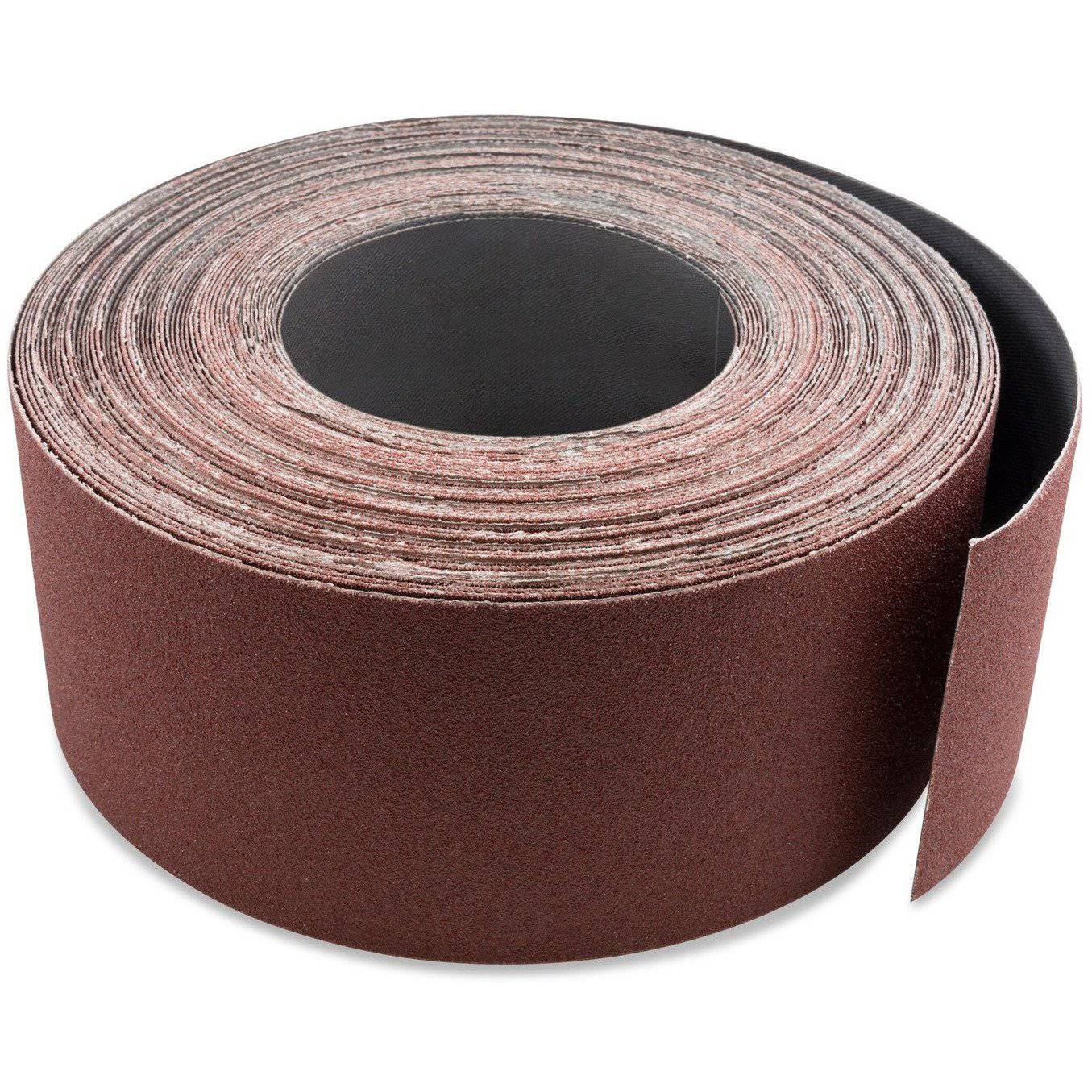
3 inch X 70 FT Woodworking Aluminum Oxide Cloth Drum Sander Strip Roll
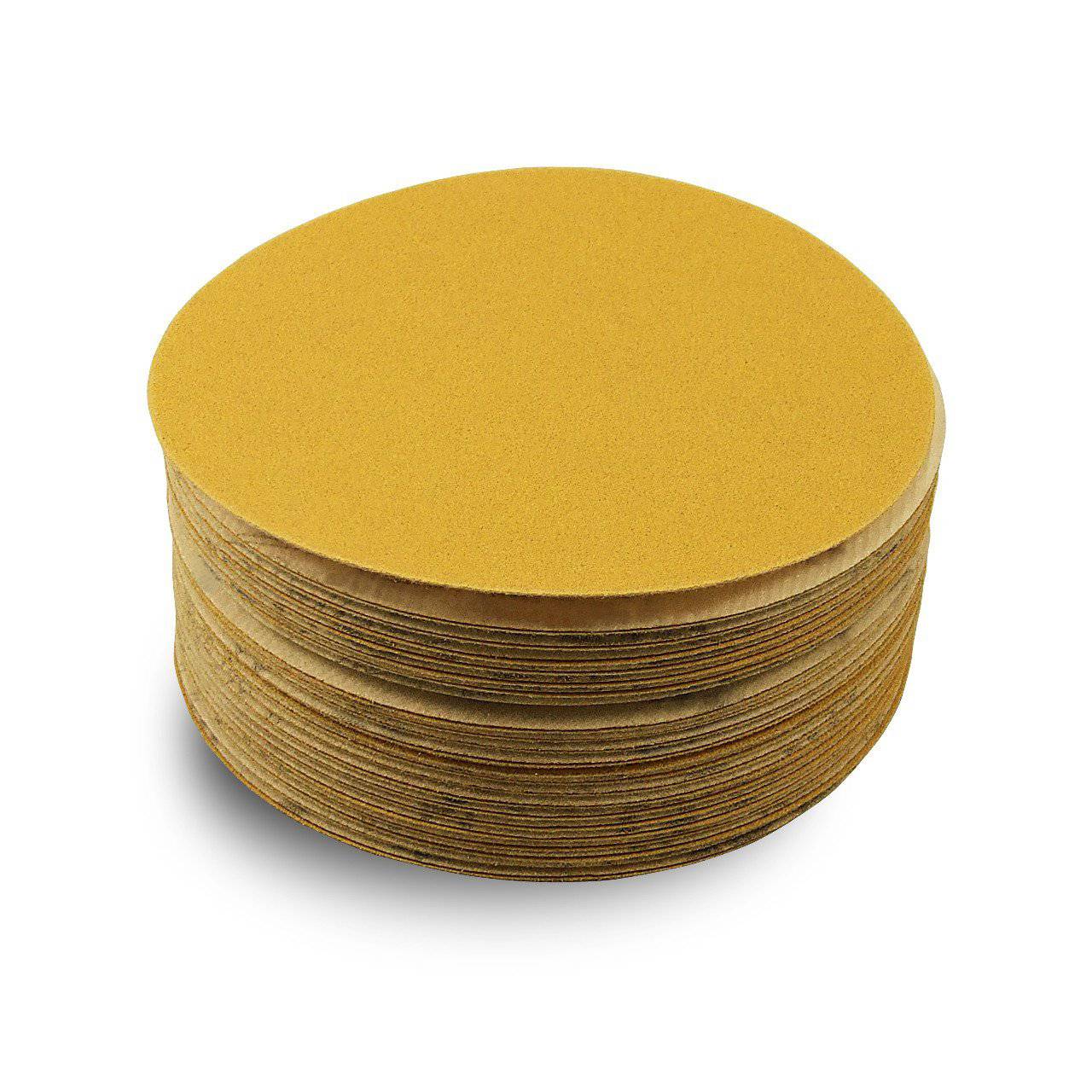
5 Inch Hook and Loop Gold Sanding Discs, 50 Pack
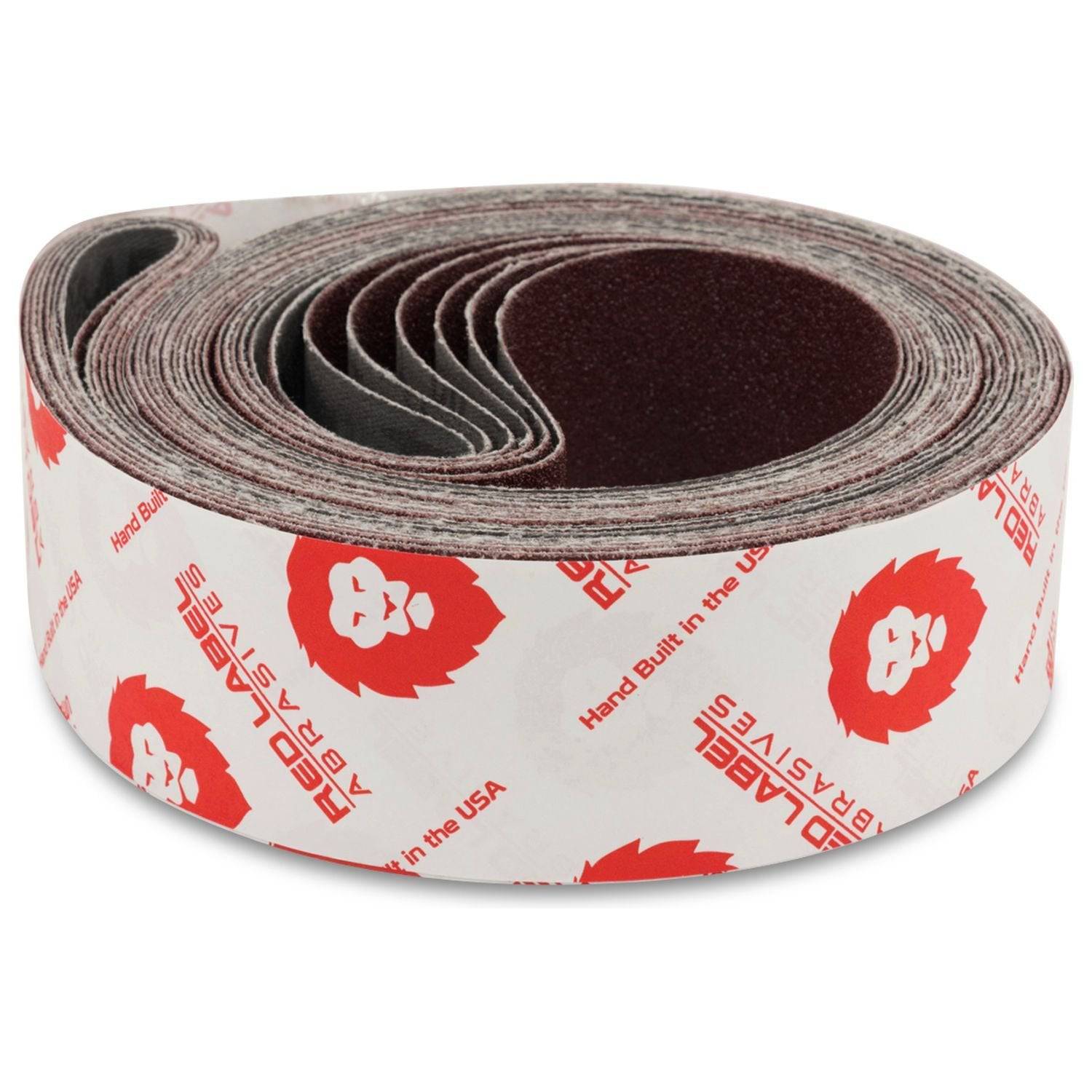
2 X 72 Inch Multipurpose Sanding Belts, 6 Pack
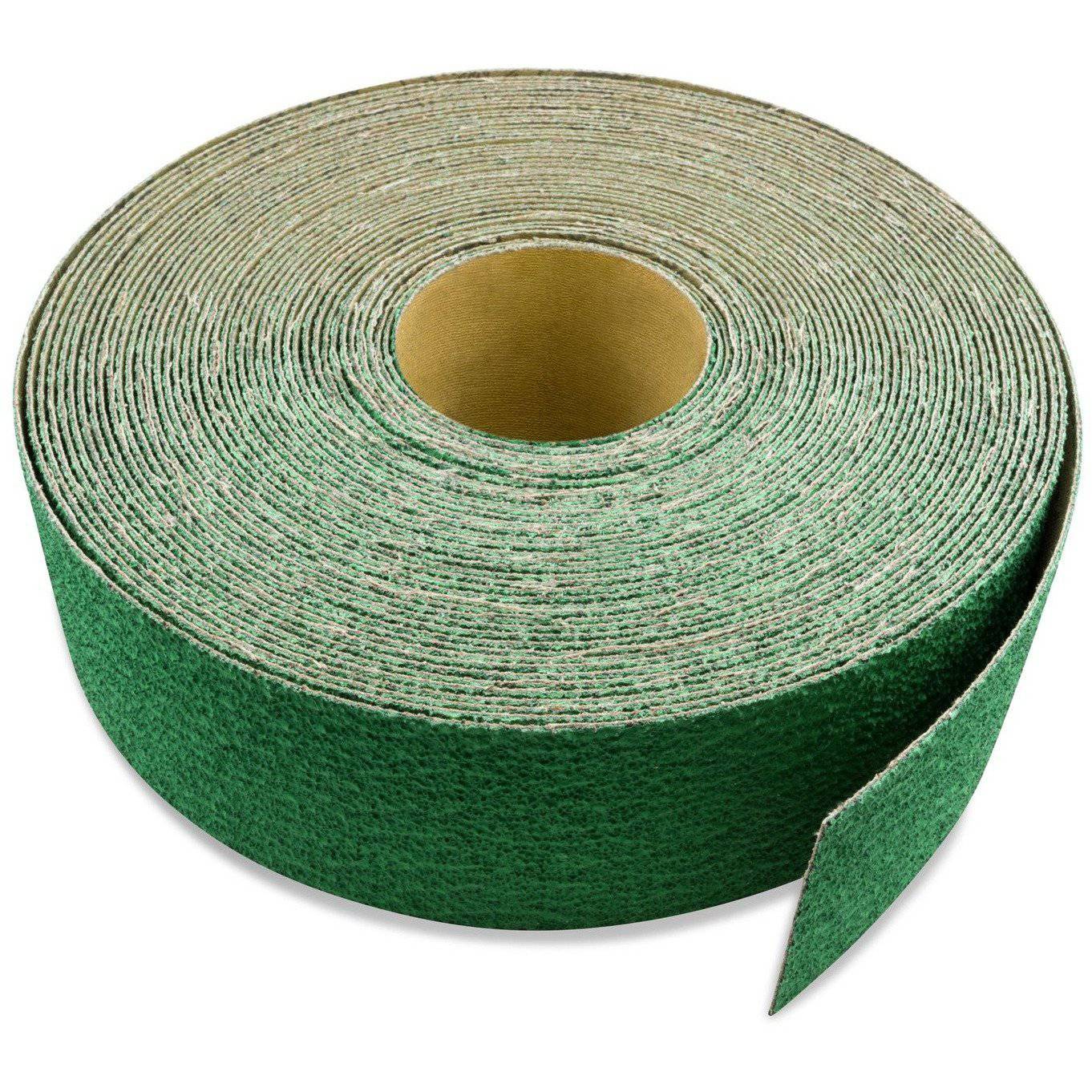
3 inch X 70 FT Premium Zirconia Woodworking Drum Sander Roll
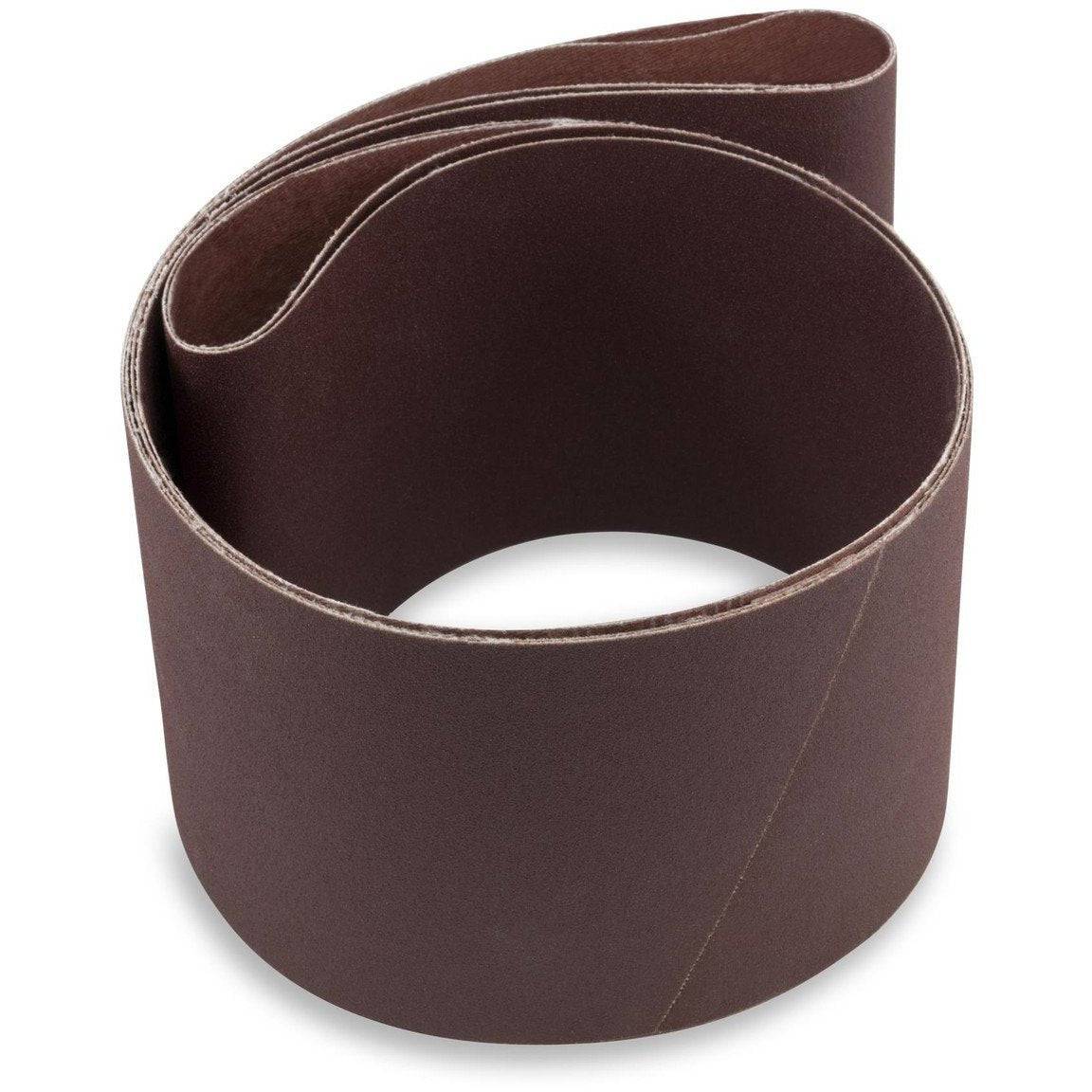
6 X 48 Inch Aluminum Oxide Wood & Non-Ferrous Sanding Belts, 2 Pack
Shop By Product Category





Why Choose Red Label?







